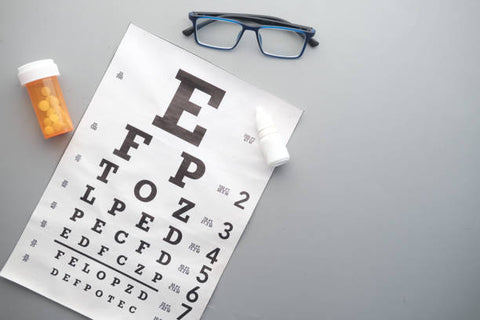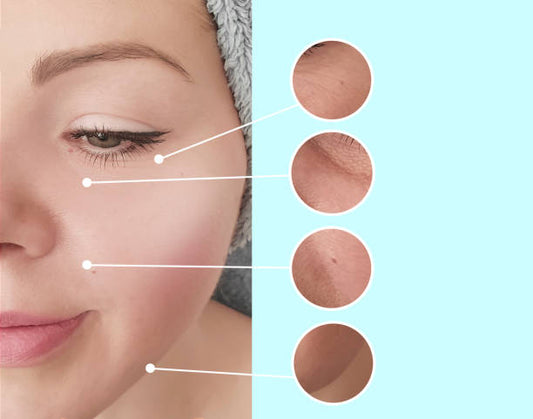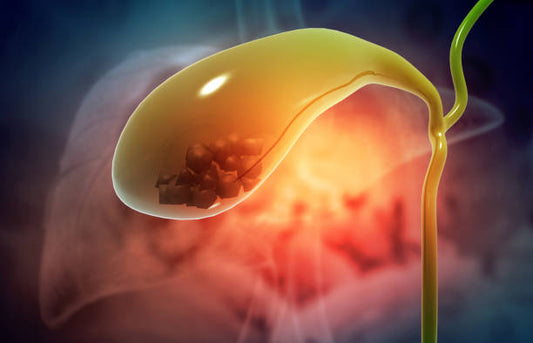Our eyes play a vital role in our daily lives, allowing us to experience and navigate the world around us. Maintaining good eye health is crucial for optimal vision and overall well-being. Understanding vision care practices and being aware of common eye conditions can help preserve eye health and prevent potential issues.
Vision Care Practices

-
Regular Eye Exams: Schedule comprehensive eye exams with an optometrist or ophthalmologist to assess vision health and detect any potential problems early.
-
Healthy Lifestyle Habits: Maintain a balanced diet rich in antioxidants, omega-3 fatty acids, and vitamins A, C, and E, which are beneficial for eye health. Additionally, refrain from smoking and protect your eyes from harmful UV rays by wearing sunglasses.
-
Proper Eye Protection: When engaging in activities that pose a risk of eye injury, such as sports or working with hazardous materials, use appropriate protective eyewear.
Common Eye Conditions

-
Refractive Errors: Conditions like nearsightedness (myopia), farsightedness (hyperopia), astigmatism, and presbyopia can affect vision clarity. Corrective measures include glasses, contact lenses, or refractive surgery.
-
Cataracts: Cataracts cause clouding of the eye's lens, leading to blurry vision. Treatment often involves surgical removal of the cloudy lens and replacement with an artificial lens.
-
Glaucoma: This group of eye conditions damages the optic nerve, often due to increased pressure within the eye. Early detection and treatment are essential to prevent vision loss.
-
Age-Related Macular Degeneration (AMD): AMD affects the central part of the retina (macula), leading to gradual loss of central vision. Although there's no cure, certain treatments can slow its progression.
-
Dry Eye Syndrome: Characterized by insufficient tears to lubricate the eye surface, causing discomfort and vision disturbances. Treatments include artificial tears and lifestyle adjustments.
Early Detection and Management
-
Awareness of Symptoms: Be mindful of changes in vision, such as blurriness, floaters, eye pain, or redness. Early detection through regular eye exams is crucial for effective management.
-
Adherence to Treatment Plans: Follow prescribed treatment plans diligently and attend regular follow-ups with eye care professionals to monitor progress and adjust treatments if necessary.
Conclusion
Caring for our eyes is essential for maintaining clear vision and overall health. By adopting healthy lifestyle habits, prioritizing regular eye check-ups, and being aware of common eye conditions, we can protect our vision and address potential issues promptly.
Remember, if you experience any changes in your vision or eye health, consult an eye care professional promptly. By taking proactive steps and staying informed about eye health, we can preserve our vision for years to come.












